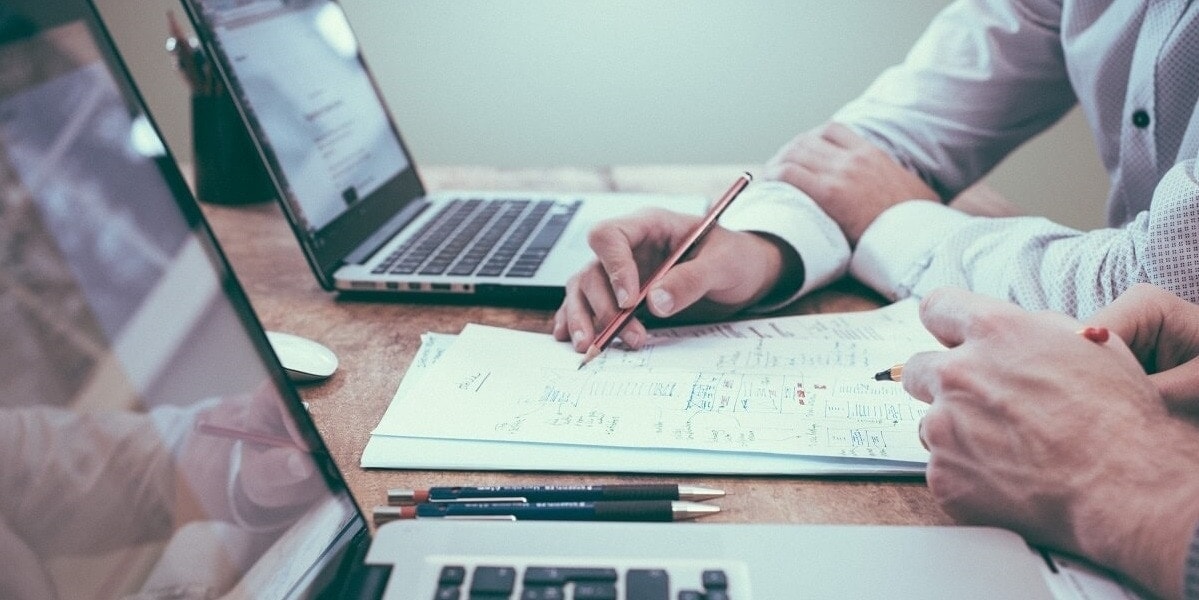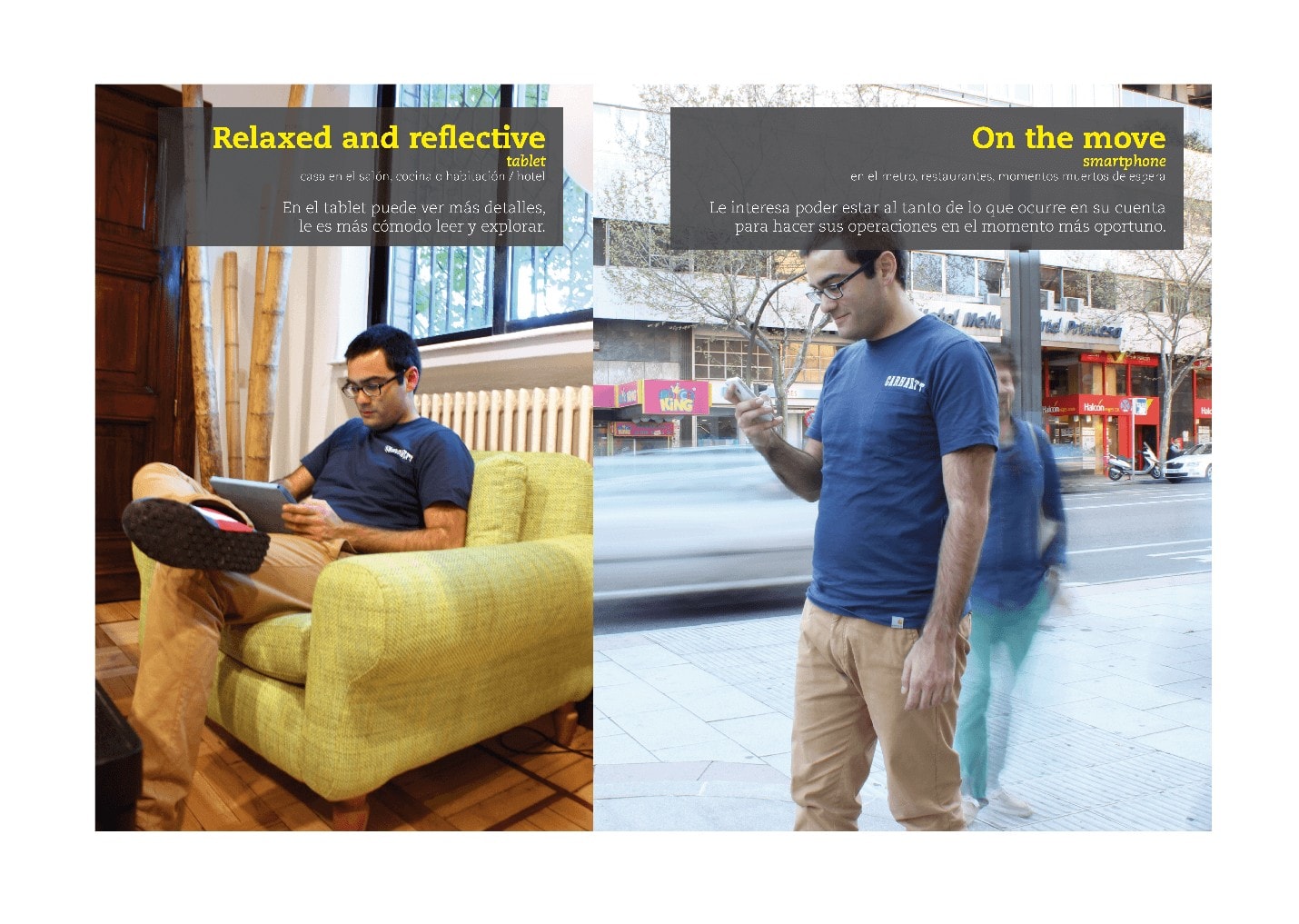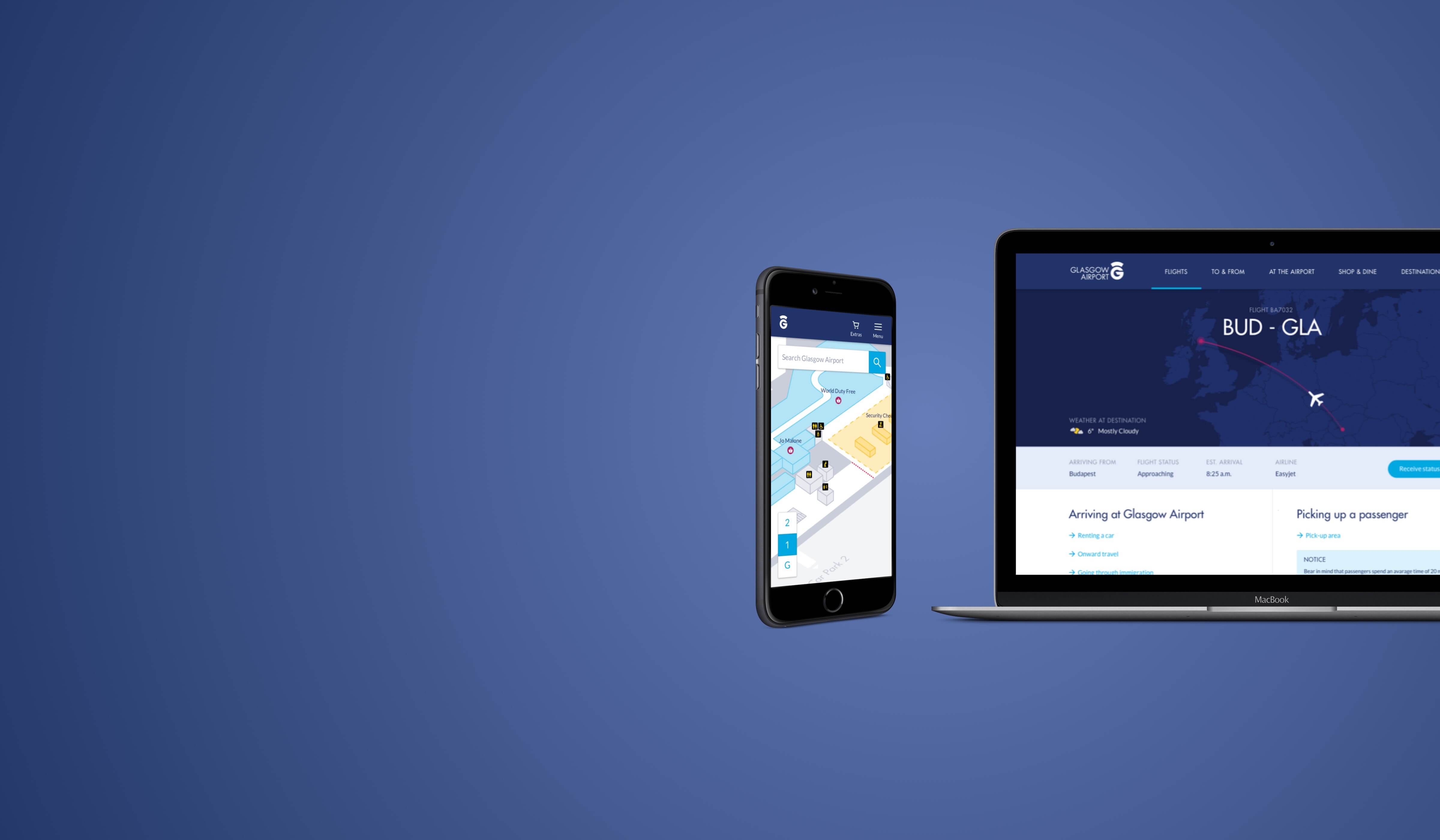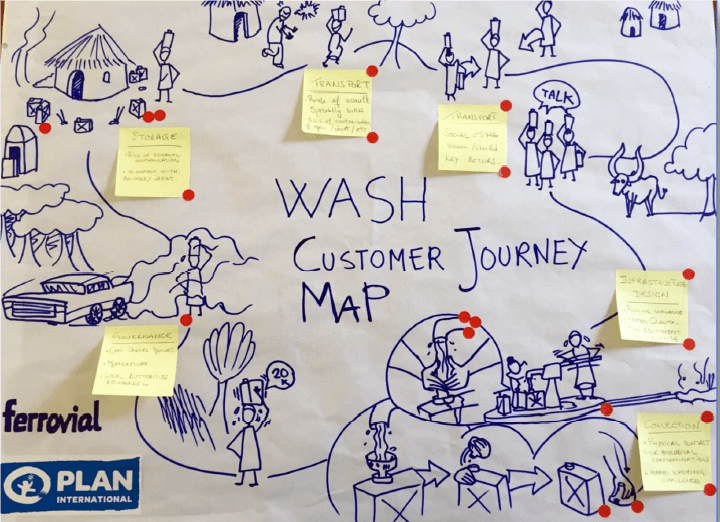
What is Service Design? A new way of thinking, creating and designing our relationship with clients
10 of January of 2018
Have you ever called your phone/ insurance/ medical insurance company and had to give your details three times, or phone three different numbers to get your problem solved? Or wondered why, if you contract a service with a certain company, it’s a different company that comes to your house to install what you’ve contracted?
That’s where service design comes in, as an attempt to solve all these inconsistencies in services.
The need for this arises due to the transformation from an industrial society to a services society; designers must now solve ergonomic issues for both products and services, and that can at times be a highly complex task.
A services company has many points of contact with users. And putting all the pieces together so that they run smoothly means coordinating departments, resources and interfaces, and requires the will and the desire for a change of perspective from resources optimisation processes to client experience.
Industrial designers used to focus on solving ergonomics in relation to door handles, or making soap dispensers easy to use… But the industry has now changed, and the “door handles” of today are as complex to solve as the Paypal button.
What method is used in service design?
Service design provides a work methodology which places people at the centre of all projects, and strives to define services from their perspective. The aim is to focus on the needs, aspirations, concerns and interests of the people using such services, in order to provide value-added experiences. Are the services available today in our society targeted at, and focused on, people’s needs?
But service design is not oblivious to the profitability and feasibility of the experience. It balances the needs and aspirations of the people making up the system (clients, workers and their environment) and the aims and limitations of the business.
Services stem from the industrial and product culture, and are provided by companies which were previously structured in silos; they have to work with separate departments, each with specific and differentiated tasks, thus making users perceive the company as fragmented, which in turn generates mistrust and a feeling that it does not meet their needs. We are now starting to see in our projects how efforts are being made to break such silos and focus company operations on users/clients.
Companies are starting to make a conscious effort – or have been doing so for a while – to understand who their existing and potential clients are, and what their environment is like. The aim is to offer a coherent experience to cover their needs.
The dimensions of Service Design
How does Service Design bring together all the needs of all these people and merge them with the service providers? It focuses on the people who will be using the service, as the central backbone of the whole project. The first stage of a service design project is to understand who the main actors are and create a vision of how they will use the service to be designed. Stories told from a single perspective, that of the user, and focusing on the ideal situation.
These stories have an impact on the various dimensions of the Service Design:
– Spaces
– People or agents
– Digital devices
– Physical devices
– Communications
– Business
The service takes place in a space or spaces which, depending on the experiences we have thought up, will need to fulfil specific requirements. So, at this point the design method works with architects and interior designers to define the arrangement of all the elements within the space and flow of people therein.
More people are involved in the service than just the users we have defined as central to service design. And service design takes into account each and every one of the individuals who come into contact with the service at any time: service providers, people in the departments involved, external providers… This is, to a certain extent, the great challenge: working with people to understand not only their needs and concerns, but also their skills and knowledge, so that they can all be considered in the design. And the challenge is there not only in the design stage, but also in implementation, when changes to ways of working, ways of thinking, and established habits must be made to set up the new service model.
Service design works with a series of elements called devices which are required to turn the idea into reality. These can be digital devices (such as apps, webs or interactive elements), physical devices (such as furniture or products), or communications devices (information posters, brochures or the signage itself).
What are the benefits of working with this approach?
Over the past years in Designit, working in different sectors and on different projects for service designs of varying magnitude, we have learned that the advantages of applying this approach are as follows:
1- Significant empathy: with the user, with the context, with whoever is behind the counter or on the other end of the phone…
We apply different methodologies and ethnographic research techniques within our projects, and these allow us to get to know the users who will use the service and the context in which they will do so. Such techniques will also allow us to understand the prime line of interaction of such users with the service and who is in charge, and thus to monitor the back office. Examples of techniques used for this are: registers of use, shadowing, observations, contextual interviews, co-creating sessions, forums, etc.
2- Involvement: of all stakeholders working on the project.
Services are created and used, and they exist, thanks to the people in them, and therefore efforts must be made to involve them in the thinking, concept and implementation processes for the service. The people involved must be the ones to change approach, concept or scenario.
The work process is based on continuous sessions with different stakeholders or even in interdisciplinary teams; this will ensure that there is a sustained focus on their needs and concerns, that they are aware of the context, and that they are at all times part of the decisions being taken. In addition to these working sessions, tools are used which enable sharing of all the content on which the team is working to ensure that the process is transparent.
3- Adapt: tactics and strategy.
Service design projects allow you to adapt the company’s strategic vision, i.e. its proposal for added value and business objectives, to the tactical reality: how to transfer such strategy to the daily experience of clients using the means available.
Designers in projects such as these have to constantly zoom in and zoom out, moving between the principles of the design, which set the design decisions, and actual design of the devices, which produces and makes tangible what the company has to offer.
4- Create consistency: all contact between user and service provider must be consistent
The service design tools allow stories to be built from a user perspective, thus ensuring that all user contact with the company makes sense and adds value. The aim is for people to see the service as provided by a single company, rather than by fragmented providers.
5- Make tangible: an offer of service which materialises
The stories which are created need certain elements for their implementation and materialisation. This is one of the strong points of the design, in that it allows the provision, in objects, digital elements or communication materials, of such aspects as are necessary to facilitate the experience of users and other persons involved.
6- Optimisation: making the most of available resources
We don’t believe that innovation necessarily needs a project with a high investment budget and the provision of technology for certain processes.
It is extremely important to make use of available resources, whether material or immaterial, in a pragmatic way, in order to include them in the new service design.
7 – Profitability: define and monitor service KPIs.
We should never forget standards in the design and implementation of services. Setting and monitoring key performance indicators (KPIs) will allow us to measure the impact of the design and replicate if necessary. In our projects we carry out monitoring of KPIs before, during and after the introduction of services.
Addressing the challenge from the perspective of both the business and the user will influence results and impact. Measuring will not always be possible. Measurements will be both quantitative and qualitative, and success will depend on balancing the traditional, accurate measurements of the business with the assessment of those using the service. It is vital to understand that the more disruptive we wish to be and the further we move away from the starting point, the measurements we used before will become increasingly less efficient.
A social project designed with the service design methodology
The service design methodology is without doubt cross-cutting in nature, and can be applied to all manner of activities; from redesigning a shop or high demand product, to the experience of hospital users, to departure areas at an airport.
In this sense, service design can enrich processes aimed at defining new business models for Ferrovial, in both existing and future activities. Moreover, it can help to restructure Corporate Social Responsibility projects.
But it is also useful for improving and activating an enhanced user experience at physical and digital contact points, as in the Ferrovial and Designit joint project. The Ferrovial Digital Hub wished to rethink the passenger digital experience from a user-centred perspective, and they got in touch for us to help them do this in Glasgow airport.
We designed a new web and app from scratch. The web caters to all possible information demands, not only from passengers, but also from friends, airlines and other agents. The app is based on the concept of step-by-step passenger assistance, accompanying the passenger throughout his/her journey through the airport.
The Service Design methodologies and tools were our means of support when taking the most relevant decisions on development and design for both client and user.
This has also been the case with the design of solutions for improving access to clean water in 15 rural communities in the Buyende district of Uganda. Thanks to the field work of the entire Ferrovial team, an iterative process of service design was developed with the help of ideation tools such as the Canvas Model. In this way, a Customer Journey Map was drawn, to show the route covered by the local population to reach the water collection point and the key locations crossed, in order for the users themselves to understand it better. This process allowed identification of main risks throughout the route. It also served to recognise the central role played by women and the intergenerational responsibility that must be addressed in such transformation processes.
For all the above, service design offers us a new framework for defining projects and business models, and provides us with tools and methodologies to help us step outside our comfort zone and be better prepared for the challenges of the future.












There are no comments yet